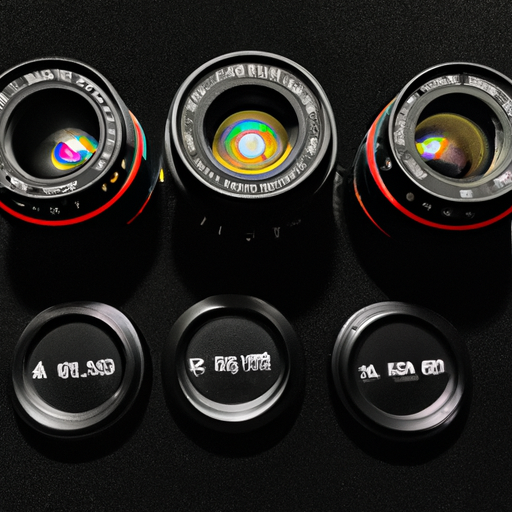A DC converter is an electronic device used to convert direct current voltage into direct current voltage of a different voltage level. It plays a vital role in many electronic devices, such as power adapters, electric vehicle chargers, and solar power generation systems. In this article, we will explore how a DC converter works and how to wire it correctly.

The working principle of a DC converter is based on the characteristics of electromagnetic induction and electronic devices. It usually consists of an input terminal, an output terminal, a switching device, and a control circuit. When a DC voltage is applied to the input terminal, the switching device will periodically open and close, thereby changing the direction of current flow in the circuit. This periodic switching operation will cause the voltage waveform to change, ultimately achieving the desired voltage level at the output terminal.
Specifically, DC converters usually use pulse width modulation (PWM) technology to control the switching frequency and duty cycle of the switching device. By adjusting the switching frequency and duty cycle of the switching device, the required voltage and current at the output can be achieved. In addition, the control circuit can also monitor the voltage and current at the output and adjust the state of the switching device as needed to maintain a stable voltage and current at the output.
DC converter wiring method:
Correct wiring is the key to ensure the normal operation of the DC converter. Before wiring, you first need to confirm the voltage levels of the input and output terminals and select the appropriate converter type. Next, follow the steps below to wire:
1. Connect the positive terminal of the input end to the input terminal of the DC converter and the negative terminal to the ground terminal. Make sure the voltage at the input end matches the rated input voltage of the converter.
2. Connect the positive terminal of the output end to the output terminal of the DC converter and the negative terminal to the ground terminal. Make sure the voltage at the output end matches the rated output voltage of the converter.
3. If necessary, additional filters or regulators can be connected to further stabilize the voltage and current at the output.
4. Finally, turn on the power supply at the input end and observe whether the voltage and current at the output end are as expected. If there is any abnormality, disconnect the power supply immediately and check whether the wiring is correct.
In summary, a DC converter is an important electronic device used to convert DC voltage into DC voltage of different voltage levels. By controlling the state and frequency of the switching device, the required voltage and current at the output can be achieved. Correct wiring is the key to ensure the normal operation of the DC converter, and correct wiring operations should be performed according to the specifications and requirements of the converter. I hope this article is helpful to you, thank you for reading!
A DC converter is an electronic device used to convert direct current voltage into direct current voltage of a different voltage level. It plays a vital role in many electronic devices, such as power adapters, electric vehicle chargers, and solar power generation systems. In this article, we will explore how a DC converter works and how to wire it correctly.

The working principle of a DC converter is based on the characteristics of electromagnetic induction and electronic devices. It usually consists of an input terminal, an output terminal, a switching device, and a control circuit. When a DC voltage is applied to the input terminal, the switching device will periodically open and close, thereby changing the direction of current flow in the circuit. This periodic switching operation will cause the voltage waveform to change, ultimately achieving the desired voltage level at the output terminal.
Specifically, DC converters usually use pulse width modulation (PWM) technology to control the switching frequency and duty cycle of the switching device. By adjusting the switching frequency and duty cycle of the switching device, the required voltage and current at the output can be achieved. In addition, the control circuit can also monitor the voltage and current at the output and adjust the state of the switching device as needed to maintain a stable voltage and current at the output.
DC converter wiring method:
Correct wiring is the key to ensure the normal operation of the DC converter. Before wiring, you first need to confirm the voltage levels of the input and output terminals and select the appropriate converter type. Next, follow the steps below to wire:
1. Connect the positive terminal of the input end to the input terminal of the DC converter and the negative terminal to the ground terminal. Make sure the voltage at the input end matches the rated input voltage of the converter.
2. Connect the positive terminal of the output end to the output terminal of the DC converter and the negative terminal to the ground terminal. Make sure the voltage at the output end matches the rated output voltage of the converter.
3. If necessary, additional filters or regulators can be connected to further stabilize the voltage and current at the output.
4. Finally, turn on the power supply at the input end and observe whether the voltage and current at the output end are as expected. If there is any abnormality, disconnect the power supply immediately and check whether the wiring is correct.
In summary, a DC converter is an important electronic device used to convert DC voltage into DC voltage of different voltage levels. By controlling the state and frequency of the switching device, the required voltage and current at the output can be achieved. Correct wiring is the key to ensure the normal operation of the DC converter, and correct wiring operations should be performed according to the specifications and requirements of the converter. I hope this article is helpful to you, thank you for reading!